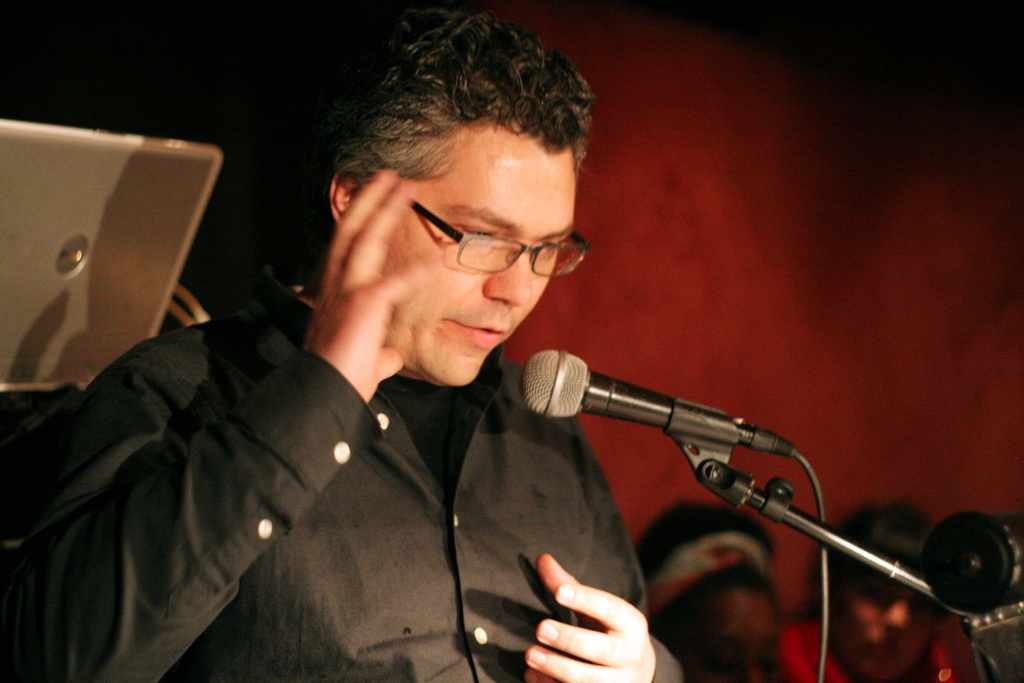People with physics degrees end up in many places. Here are a few!
Ben Lillie, writer and storyteller
Lillie has a Ph.D. in high-energy particle physics.
He is the co-founder and director of
The Story Collider,
"where people are invited to tell stories of their personal experience with science."
He is a Moth StorySLAM champion and
a writer at TED.com.
You can read more about him at
benlillie.com and hear about
his transition from physics research to story telling via
his very own,
very entertaining story on The Moth.
Avril Haines, Director of National Intelligence
Haines has a bachelors degree in physics from the University of Chicago.
After starting and running a bookstore-cafe for a few years, she studied law at Georgetown University.
She became Deputy Director of the CIA in 2013 and Director of National Intelligence in 2021.
David Kestenbaum, NPR science correspondent
Kestenbaum has a Ph.D. in high-energy physics for his work on the sub-nuclear particle known as the
top quark.
He started as a freelance writer just after graduate school, and began working for NPR in 1999.
In addition to science, he also covers the economy for NPR's
Planet Money.
You can read more on
his page at npr.org.

Elaine Goode, management and IT consultant
Goode completed her Ph.D. in particle physics in 2012
and joined a small management and IT consultancy company shortly thereafter.
Her job requires her to work on a variety of projects such as
helping clients with information security risk assessments, developing IT strategies,
and business change analysis. This requires her to pick up new skills quickly.
She says, "To work effectively I depend on the logic and problem solving skills
that I developed during my physics training.
Working outside of academia brings a real sense of perspective
to just how strong these skills are in physicists and other scientists.''
You can read more about how Goode found her job and how it relates to physics
here.

Bill Foster, U.S. Representative for the state of Illinois
Foster has a bachelor's degree in physics from University of Wisconsin and a Ph.D. from Harvard.
His specialty is high-energy physics, studying the smallest particles we know of.
He worked at
Fermilab for many years.
In 2008, he became a U.S. congressman,
foster.house.gov.
Sophie Bushwick, editor at Popular Science
Bushwick has a bachelors degree in physics.
After graduation she worked at
Scientific American as a
AAAS Mass Media Fellow.
You can read more about her choice to pursue science journalism in an
article by APS.
Articles she wrote for Scientific American during her fellowship are
here .
Her website is
sophiebushwick.com.
Chris Wiggins, professor and head of the New York Times' machine learning group
Wiggins has a Ph.D. in theoretical physics and is currently a faculty member of the department of
Applied Physics and Applied Mathematics at Columbia University in New York.
His interest in data engineering and mathematical modeling led him to working part-time for the
New York Times heading up its machine learning group in 2014.
You can read more about him in
an article by Fast Company
or in
an article by Columbia University.







